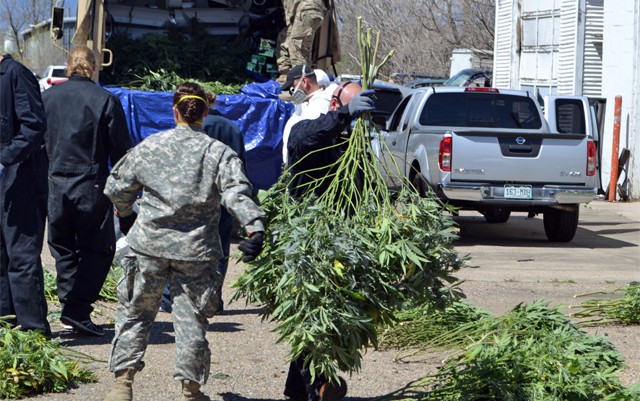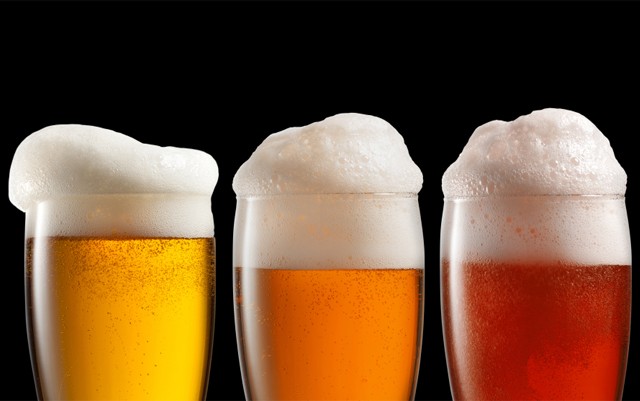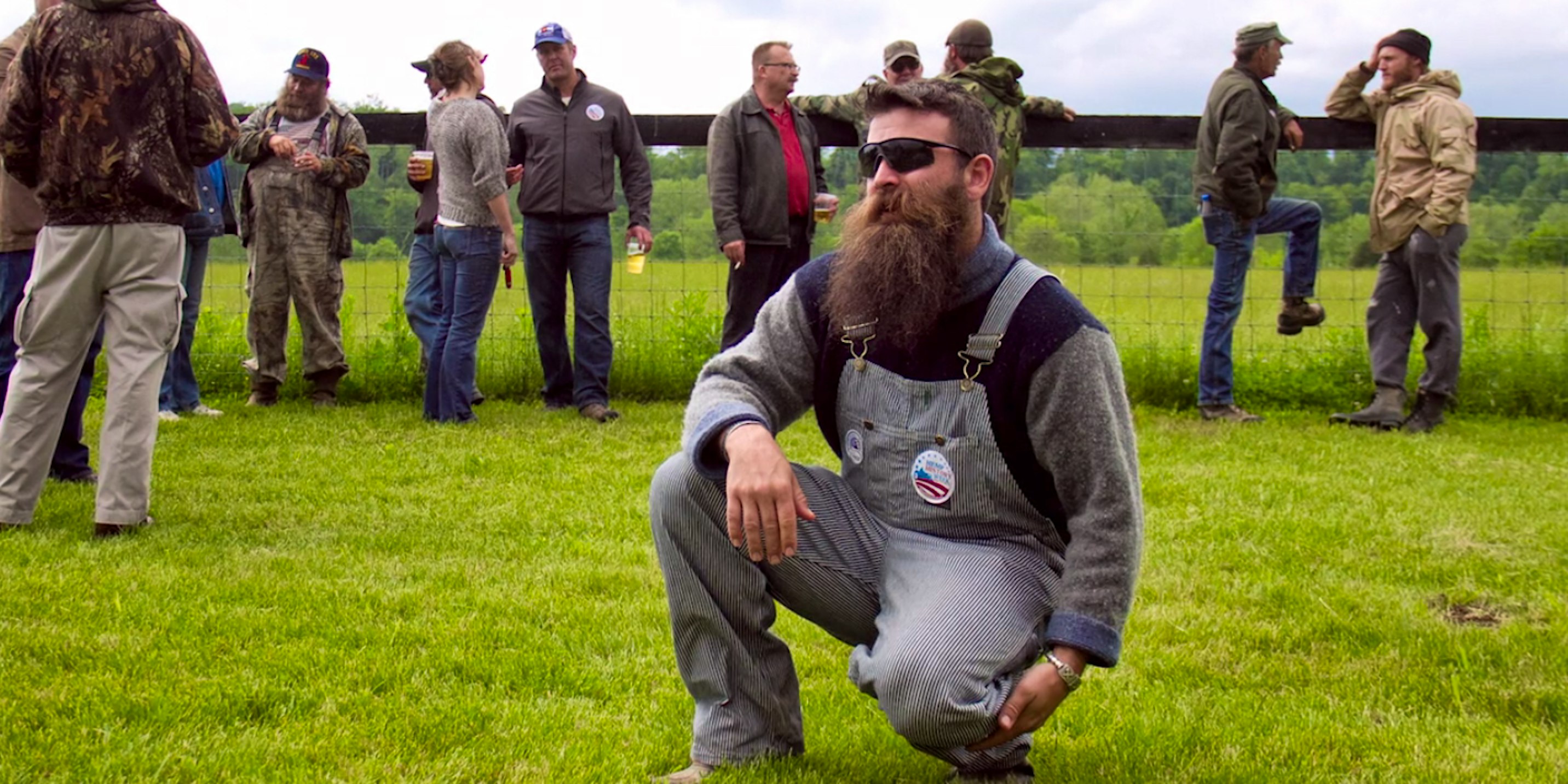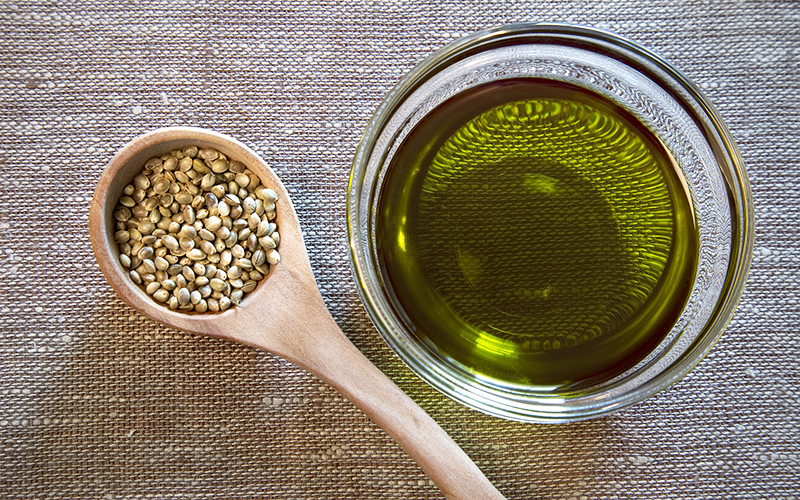By
Julia Granowicz
Source:
marijuanatimes.org
The Journey around the Globe

When it comes to history, there are a lot of things that get left out of textbooks for various reasons – and even through multiple World History and American History classes, I can’t recall a single bit of information about cannabis prior to the Reefer Madness Era. Perhaps there was a quick mention of things made of hemp, but no real background on the plant, how its uses were discovered or how it made it made its way pretty much all over the world.
It was for this reason that I decided to write this article – and a few that will follow it. (I’m sure you guessed that what you saw “Part 1” at the top, right?) Cannabis is an amazing plant that we’re learning more and more about every year – but perhaps we could better understand this plant if we looked past the last century of back and forth prohibition and started with the thousands of years when it was just another plant.
A quick note, I’ve linked you to many sources throughout this article – however, some of the information I will be providing you with here came from a book recommended to me specifically for this piece. It was an excellent read and I would like to recommend it to you: Smoke Signals, by Martin A. Lee.
The Oldest Record of Cannabis Use Dates Back 10,000 Years
The use of hemp and marijuana dates back to the Neolithic period, which makes cannabis one of the first agricultural crops to ever be cultivated and harvested. The people of this time managed to find uses for every part of the cannabis plant from the stems and stalks that provided fiber for cloth, rope, cords and more; the roots, leaves and flowers which were used both in medicine and spiritual rituals; and finally the seeds, which they ate as a way to provide essential fatty acids and proteins.
A cord used in a piece of pottery found in an ancient village located near what is modern Taiwan is the oldest piece of hemp found to date. Being one of the first agricultural crops, it is quite possible that the use of hemp helped to shape civilization as we know it today.
The origins of the plant are speculated to be the foothills of the Himalayas, and it started its migration around the world with a group of people known as Scythians. A passage from Herodotus’ Histories from 440 BC mentions Scythians “howling with pleasure” with a hemp vapor trail.
This was when the plant split off in two different directions – and hemp found its way headed toward Europe where it was used as a fiber crop for a multitude of early industrial materials and the psychoactive twin moved towards India, the Middle East and Africa where it flourished as a medicinal herb and was used for its psychoactive purposes in many spiritual rituals.
The Emergence of Cannabis in Asian Culture
It was in 2,737 BC that marijuana was first recorded for its particular medicinal uses inPen Ts’ao Ching, which is the pharmacopeia of Emperor Shen Nung. The emperor is considered to be the father of traditional Chinese medicine and he recommended the use of marijuana, or “ma” as it was referred to, for over a hundred different ailments including female weakness, gout, rheumatism, malaria, constipation and even absent-mindedness.
“Ma” was considered by Shen Nung to be one of the “Supreme Elixirs of Immortality”, which according to him, if taken over a long period of time could allow one to communicate with spirits and one would find their body becomes lighter. However, he also said that when consumed in excess it could “make people see demons”.
Over in India, cannabis consumption found its way into Hindu worship and Ayurvedic medical practices. Ancient Vedic texts read that the psychoactive cannabis plant was a gift from their God Shiva and that where the “nectar of immortality” landed on the earth, ganja grew.
There were three common forms that one might find for cannabis in India back in these days, the first is called “bhang”, which is a liquid drink blended from the leaves and stems of uncultivated plants. Its potency is actually comparable to the marijuana that is available in the present day United States.
The second was called “ganja” (now you know where that term came from!), which is actually more potent than bhang and made from the tops of cultivated plants – the buds that we are used to consuming today. The third form and most potent way that marijuana was prepared back then was called “charas” and it is very similar to hashish and made from scraping the resin off of the leaves of cultivated plants.
Traveling From Asia to the Middle East
Brought to the Middle East between 2,000 and 1,400 BC, likely by the nomadic Scythians, cannabis quickly found its way into both Muslim and Egyptian cultures just as it found its way into the lives of those in Asia.
In Egypt, the use of marijuana as a medicinal plant has been depicted as far back as 2,000 BC – the first time being in the Kemet, as a way to treat sore eyes and cataracts. Surprisingly, originally found on the mummy of Rameses II, cannabis pollen was found to be on all known royal mummies.
In the Middle East, cannabis was most often used as an intoxicant, the main reason for this being that alcohol was not allowed to be consumed by those who followed Mohammed – however cannabis was accepted and often used as a substitute. The medicinal use of the plant was first recorded in this region in 700 BC in the Vendidad, which is believed to be written by Zoroaster.
When the Scythians left the Middle East, they once again brought the cannabis plant with them, this time finding its way to Russia and Ukraine. From the Middle East the plant then found its way into the rest of African territory, mostly in the form of seeds, by being traded between countries.
From the Middle East on to Africa
Cannabis arrived in Africa around Ethiopian times in the 14th century, and once planted and being carefully cultivated, they soon found the plant thriving. It did not take long for cannabis to become one of the most important crops in the region. It was not long before the plant was being integrated into their culture, which started off with African tribesmen chewing cannabis leaves.
However, they soon learned the art of smoking the herb and that changed the course of African culture in a number of ways. People learned skills such as making pipes and the consumption of smoked cannabis quickly found itself as a large part of both ritualistic gatherings and for recreational purposes during social gatherings.
Actually, there is an tribe whose entire religion is based on cannabis and they are called Bashilenge. They call themselves Bena-Riamba, which translates to “the sons of hemp”. The ancient culture saw cannabis as a God and saw the pipes used for smoking as a symbol of peace (the first “peace pipes”!) and they believed the plant held magical powers and used it to ward off evil spirits.
Though it is less spoken of, in ancient African cultures cannabis was used still for medicinal purposes – mostly to treat common conditions such as dysentery, diarrhea, rheumatism and malaria. It was also applied as a salve for snakebites and it was also used to facilitate childbirth and as a treatment for asthma.
From the Middle East on to Europe
When the Scythians first left the Himalayan foothills with cannabis in hand, they went two directions – towards the West to Europe and further East into Asia. While the plants that found themselves in Asia flourished with psychoactive THC and were used, in most cases, for medicinal and spiritual purposes, the cannabis that made its way to the cooler northern European climate ended up becoming what we now know as industrial hemp.
Over the years, hemp was cultivated extensively for the use of its fiber to make everything from ropes and clothes to eventually ships and more. Looking back to colonial Europe, hemp was such an important crop that in 1533, King Henry VIII commanded that all English farmers grow hemp or risk paying a hefty fine; the same kind of law was reenacted only thirty years later by the first Queen Elizabeth.
Though medicinal purposes were not their focus in the beginning, the THC potent marijuana plants eventually found their way into Europe. It is believed that psychoactive cannabis was first brought to France in the form of hashish by Dr. Jacques-Joseph Moreau de Tours when returning with Napoleon in 1799. Dr. Moreau had intentions of administering the plant to mental patients to study how they reacted.
When given the hashish, patients appeared to calm down, insomniacs were able to fall asleep and even the moods of the most depressed patients appeared to lift. While these results were inconsistent, Moreau believed that the herb was the key to understanding mental illness – and even believed it could help them gain insight into the minds they were trying to understand.
“To understand the ravings of a madman, one must have raved himself, but without having lost the awareness of one’s madness,” Dr. Moreau wrote in Hashish and Mental Illness.
His piece was published in 1845 and suggested that mental illness was caused by a chemical alteration of the nervous system, rather than physical damage to the brain. He believed that large doses of hashish could induce a state of psychosis that, in a way, mirrored that of an actual mental disease.
Eventually, Dr. Moreau started to give the hashish to creatives, poets, painters, architects, writers, sculptors and more who were interested in the mind-altering effects of the green paste made of pistachio, cinnamon, nutmeg, sugar, orange peel, butter, clove and of course, hashish. The group was informally dubbed Le Club de Haschischins, or The Hashish Eaters Club, and the paste they ate was called dawamesc in Arabic, which translates to “medicine of immortality”.
Around the same time as all of that was happening, Dr. William B. O’Shaughnessy, an Irish scientist and physician, studied Indian hemp for its medicinal purposes. Over a number of years, he studied cannabis uses and its impact on conditions such as rabies, tetanus, epilepsy, rheumatism and other difficult to treat conditions.
By the 1840s, O’Shaughnessy had returned to England and, with the help of Peter Squire, a London pharmacist, was able to develop and refine an alcohol-based tincture called “Squire’s Extract” which was soon prescribed throughout Europe and the United States for a number of conditions including nausea, delirium, epilepsy and painful spasms.
How Cannabis Found Its Way Across the Atlantic
The Portuguese were among the first countries to enslave African people and bring them overseas by ships outfitted with hemp sails, ropes and nets. It is widely accepted that cannabis was not native to the “New World” and that it arrived on ships with the slaves. In the 1500s, Brazil (a Portuguese colony) saw cannabis for the first time.
At first, cannabis was grown in sugar plantations throughout northeast Brazil between rows of sugar cane and it was allowed to continue only because the African slaves appeared to work and tolerate the heat better when they smoked the herb. It is believed that the word “marijuana” likely comes from the Portuguese word “mariguango”, which means intoxicant.
Eventually the slaves came into contact with the South American Indians with whom they shared their psychoactive plant. The natives were familiar with many plants that they used for religious and spiritual journeys as well as for therapeutic purposes, so they quickly adopted the cannabis plant as a part of their culture.
Not long after that did smoking the herb become something that people of all types partook in including fishermen, dockworkers and more. Through this, it made its way into the northern region of South America, including Mexico. As the use of marijuana became more popular overall, the number of medicinal purposes also became more notable throughout Latin America and the Caribbean.
Medicinally, South Americans made tea by boiling the leaves of the marijuana plant and this tea was used for things such as rheumatism, colic, “female troubles”, sleeping disorders and many other common complaints. It was also packed onto the gums in painful areas to relieve toothaches and leaves soaked in alcohol were wrapped around swollen joints, which was said to help arthritis.
Cannabis Introduction in the United States of America
The earliest introduction of the cannabis plant in the United States was actually the moment the pilgrims landed on Plymouth Rock, seeing as their ships were geared up with many hemp-made products. In 1611, the first hemp seeds were planted in Jamestown and eight years later, the Virginia assembly passed a law that required every household in the colony to grow the plant since it had so many different uses from fabric to paper to ropes and more.
Showing just how important hemp was to the early Americans, there are many towns that were named after the crop such as Hempstead, Hempfield and Hemphill, among other variations. Everyone from the founding fathers to pretty much every other citizen of the colonies were growing hemp – and for good reason, as they all knew that something was going to happen between them and Great Britain, it was just a matter of time.
One of the first acts of defiance against Great Britain was the American’s refusal to send raw hemp fiber back on the ships. Instead, they grew their own hemp and already had a steady supply before the Boston Tea Party happened. The crop was so vital to both countries that it was a true act of rebellion against the Monarchy and the country.
It wasn’t until much later that the psychoactive marijuana plants found their way to the United States. Most of it found its way to us via Mexicans seeking refuge from the Mexican Revolution of 1910-1911. Unfortunately, Americans had not seen this side of the cannabis plant and the way it was introduced brought on a fear that we’re still trying to shake off over a century later.
“Many early prejudices against marijuana were thinly veiled racist fears of its smokers, often promulgated by reactionary newspapers,” Warf wrote in his report. “Mexicans were frequently blamed for smoking marijuana, property crimes, seducing children and engaging in murderous sprees.”
It was this perception of marijuana that lead us into the era of prohibition and the beginning of Reefer Madness. It was only four years later, in 1915, that cannabis was outlawed for the first time in the state of Utah, but by 1929, the plant was illegal in 29 states in total. Unfortunately, these laws never made the distinction between cannabis sativa (marijuana) and cannabis sativa L. (industrial hemp) so they effectively outlawed both plants in one shot.
Unfortunately, things only progressed for the worse from here until many years later – but we will be getting into that more in depth in the next couple of articles. There is so much that we just don’t know about cannabis, from its multitude of uses both as a fiber and as a medicine – but looking into the history of the cannabis plant throughout the world, you can see that many of the conditions we currently treat with medical marijuana were being treated with it for centuries prior to prohibition.
In the grand scheme of things, prohibition has been a very small part of the cannabis plant’s journey. Laws governing the plant have only existed within the last couple hundred years or so – but before modern medicines were available, people were turning to holistic, botanical medicines and in ancient text and depictions around the world the cannabis plant has always been mentioned as a beneficial herb. People only strayed away from cannabis when modern, western medicine started to take over and fears of the psychoactive plant started to surface.

 These low top Stan Smiths are both made to help the environment, but also made so you can hide your precious stash. The shoe’s logos are embellished with marijuana-friendly jokes including, “May Cause Relaxation” and “Dosage: 420MG Take At Least Once A Day.” These sneakers kick it up a notch with a special compartment underneath the tongue that’s a perfect size for storing your stash.
These low top Stan Smiths are both made to help the environment, but also made so you can hide your precious stash. The shoe’s logos are embellished with marijuana-friendly jokes including, “May Cause Relaxation” and “Dosage: 420MG Take At Least Once A Day.” These sneakers kick it up a notch with a special compartment underneath the tongue that’s a perfect size for storing your stash.












 Lisa Bronner is the writer of the blog
Lisa Bronner is the writer of the blog